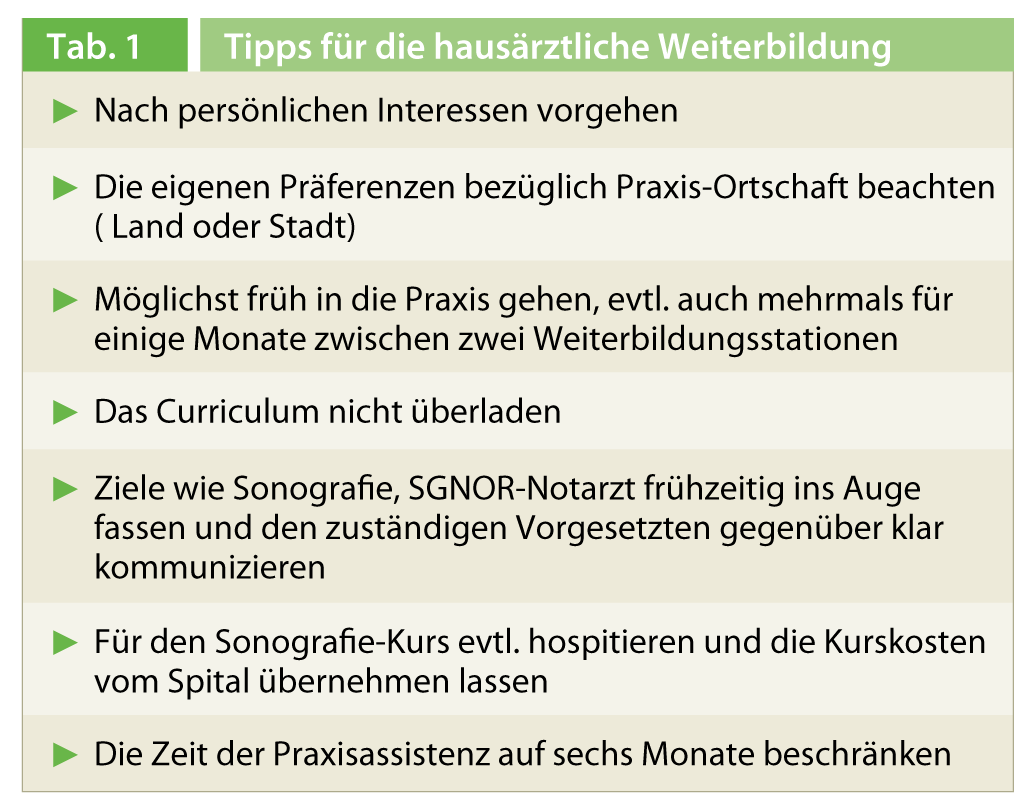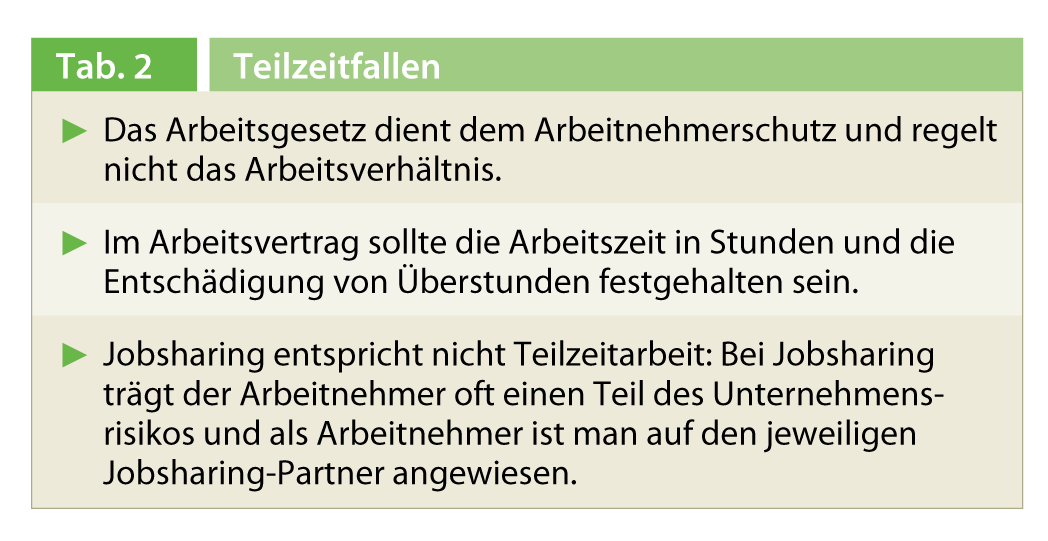At the third JHaS conference on April 20, 2013, at the Thun Congress Center, prospective family physicians were shown the cornerstones of their professional future prospects through multifaceted lectures, in-depth seminars and interactive workshops. Individual events will be discussed in more detail in this report.
The supporting program of this year’s JHaS congress was themed “Future Hausarzt – Family Physician Future” and was dedicated to the future developments of the profession.
Managed Care – The Future of Healthcare?
The presentation “Managed Care – Solution for the Future? The Family Doctor of the Future: Solo Star or Networker” addressed questions about whether managed care has a future and how family doctors are positioning themselves. Dr. med. Yvonne Gilli Stocker, National Councilor of the Canton of St. Gallen, presented the managed care organization “Xundart”, a physician-owned network founded in the spirit of a virtual practice. For Xundart, managed care represents an integrated care option and an alternative insurance network between physicians. It is an interconnected structure that provides necessary information in the service of quality of care. The name was chosen deliberately, he said, because the focus was on the art of health rather than economics.
As president of the organization, Dr. med. Thomas Michel from Wilderswil presented the physician network “beodocs”, an association of Bernese Oberland physicians, which was founded in 2003 by primary care physicians, specialists and hospital physicians. According to Dr. Michel, managed care has the following intentions:
- Guide sick patients through the complex healthcare system
- Avoiding duplications through mandatory patient dossiers
- Bringing together the various players in the healthcare system
- To contractually bind the networks
Dr. Michel also referred to the referendum of June 17, 2012, which had considerably complicated the factual situation of managed care. At that time, the introduction of a new managed care model was clearly rejected and the current one was retained. Managed care is anchored in the current law in such a way that the health insurance companies determine the respective physicians. This triggers the emergence of the so-called list models, which is not desired by physicians. Also, today’s law does not require contracts; however, contractual commitment is required by the medical profession. Dr. Michel answered the initial questions of the presentation by concluding that managed care is a clear solution for the future and that family physicians are solo workers, but only within a network.
The path to the title of family doctor
From the perspective of prospective family physicians, one congress event met with particularly great interest, namely the workshop “How to become a family physician – prescriptions for successful further training”. Dr. med. Gabriela Rohrer from Wyss showed the students and those already in further training the obligatory basics of further training to achieve the specialist title “General Internal Medicine”. While these binding guidelines provide the framework, there is freedom in the individual design of the curriculum. Furthermore, the specified time window for continuing education of five years is hardly feasible for organizational reasons, but completing continuing education within six years would be advisable. Reference was made to various portals that offer assistance in planning continuing education. For information on legal principles, continuing education programs, examinations, keeping the e-logbook and the like, the homepage www.siwf.ch is helpful. For individual planning of the curriculum, the pages www.jhas.ch and www.devenirgeneraliste.ch, among others, provide useful information.
Dr. Rohrer suggested the tips listed in Table 1 for participants to plan their continuing education. Dr. Rohrer concluded that it is not the time spent in the hospital but the activity in the practice that makes one a family physician. It is a matter of lifelong learning, which is why one can confidently divide up special areas of interest over one’s entire medical career.

Family doctor and mother at the same time – part-time conditions in law
The road to becoming a family physician may be a long one, but it is compounded by life circumstances such as family planning and motherhood that make it difficult to practice. Rosmarie Glauser, a lawyer from the Bern Section, and Ryan Tandjung, MD, from Zurich, addressed this reality for female family physicians in their presentation “Nursing Pillow & Punk Band – Part-Time Working Conditions, Pregnancy Leave, Legal Aspects.” Ms. Glauser emphasized that pregnancy and family planning are basically private matters and one does not have to provide information about them during employment. By referring to the Discrimination Act, she also asked and urged the prospective female family doctors to defend themselves and even take action in the media in the event of any discrimination, because no hospital could afford to make the headlines by rejecting a pregnant woman. It is also stipulated by law that the working hours of pregnant women may in no case exceed nine hours per day, which adds up to 45 hours per week, breastfeeding time (milk pumping included) would also fall within working hours. Ms. Glauser further emphasized that, unlike in the past, one now does not have to be in an employment contract to receive maternity compensation, but the requirements of the Unemployment Act must be met. Participants were also made aware of common part-time traps (Tab. 2)
Marie Glauser herself is not in favor of job sharing, but advocates that hospitals create more part-time positions.

Dr. Tandjung elaborated on the conditions of continuing education, stating that a minimum of 50 job percent is generally required for credit toward continuing education. The availability of part-time continuing education opportunities at hospitals is currently scarce, he said, and daycare centers still have room for expansion. However, he said, a bottleneck exists primarily in general internal medicine, where part-time conditions are more difficult in the A year. Dr. Tandjung pointed to the Switzerland-wide portal www.aerzteteilzeit.ch as a suitable way of providing assistance. He concluded by noting that while the continuing education programs give prospective family physicians a great deal of leeway in theory, in practice it is difficult, though not impossible, to implement on a day-to-day basis. As a general recommendation, he advised the participants to have their own training plan approved by the Swiss Institute for Continuing Education and Training (SIWF) and to contact them if they have any questions.
Demet Bicer
Source: JHas Congress Switzerland, Thun, April 20, 2013











